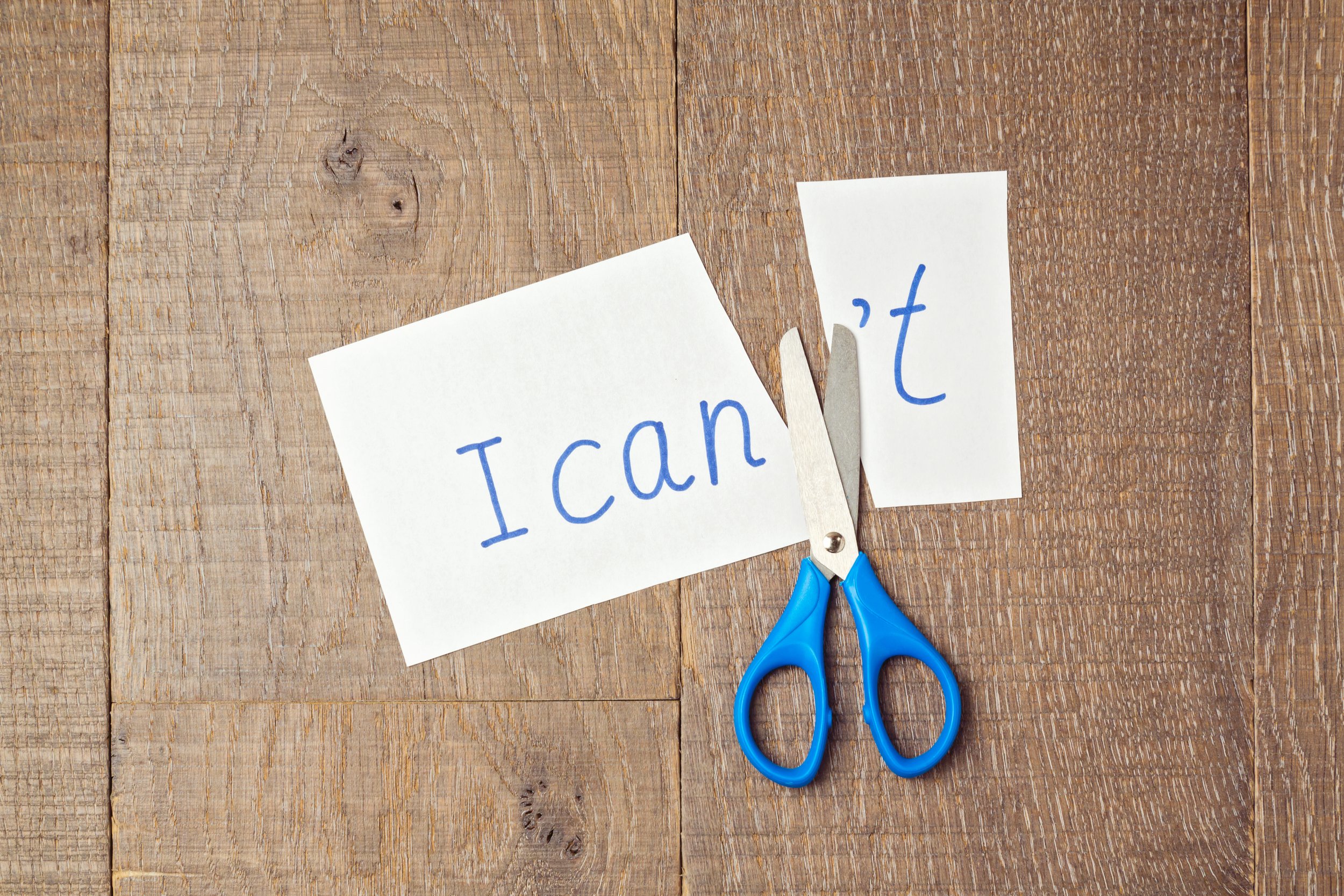Getting Active: Your Guide to Finding Motivation and Making Time for Exercise
A wealth of research supports the strong relationship between physical activity and disease prevention. We know we need to exercise for our health, enjoyment, and to reduce the burden on our healthcare system. Yet, most of us are not getting the activity we need. What is keeping us on the sidelines?
Finding Your Motivation
One roadblock is a lack of motivation. Without a personal reason to exercise, you won’t do it. That reason has to be something you value. Simply knowing that exercise prevents disease and increases your healthspan is not enough. You have to decide why an active lifestyle matters to you. Be specific! Here are some tips to help you find your motivation:
Consider these questions: Do you value health? If so, why? What will health give you? How will it feel? What will it allow you to do?
Imagine the future: Close your eyes and tune into how your body feels and works right now. What is your current health status? Now imagine if you change nothing about your current lifestyle. How will you feel and move in 5, 10, or 20 years? Will you be able to do the activities you enjoy? Now, imagine if you start exercising and moving towards the physical activity guidelines. How will you feel and move in 5, 10, or 20 years? What activities do you see yourself doing? How is your life different?
Think about your golden years: What do you want to be able to do when you're retired? Travel? Play with grandchildren? How long do you want to climb stairs, keep your driver’s license, or carry your groceries?
Consider the cost: What will be the financial and time cost of medications, doctor’s visits, surgeries, time off work, and alternative therapies if you don’t prioritize your health? What time will you lose with your family? What will your quality of life be?
Using Visual Reminders
Once you have your motivation (e.g., "I want to play on the floor with my grandchildren," "I want to move independently and climb stairs into my 80s," "I want to reduce my risk of dementia"), write it down and post it where you will see it every day.
Finding Enjoyment
Try different activities and find ones you enjoy. Dancing? Walking? Cycling? Pickleball? Free weights? Aquafit? Experiment with various levels of effort and types of activities to discover what you love.
Making Time for Exercise
Another roadblock is finding the time to exercise. When building your schedule, prioritize the things you value most. Some strategies to help make exercise happen include:
Schedule it: Mark time for exercise in your calendar every week, like you would a meeting or medical appointment. Add reminders or alarms to get ready for your activity.
Prepare: If you exercise in the morning, prepare everything you need the night before to avoid excuses in the morning.
Short workouts: The time you spend being active adds up. Spend 10 minutes going up and down the stairs during your lunch break, or park a few blocks away and walk briskly for 10 minutes to and from work. That’s 30 minutes of exercise!
Combine with social activities: Grab a coffee and go for a walk with a friend instead of sitting in a café, or arrange group activities like hiking or biking.
Multitask: Do bodyweight resistance exercises while waiting for food to cook or watching TV.
Be flexible: If you miss a scheduled exercise time, don’t beat yourself up. Just try to fit some movement into your day and try again tomorrow.
Setting Goals
Now that you have your motivation and are prioritizing exercise, it’s time to set some short-term and long-term goals. Having SMART goals gives us something to work towards and is also a way to hold ourselves accountable. Add weekly, monthly, and yearly goals to your motivation page or board. (SMART = Specific, Measurable, Achievable, Relevant, Time-based.)
Physical Activity Guidelines
Current guidelines recommend the following for adults:
At least 150 minutes of moderate-intensity exercise or 75 minutes of vigorous-intensity aerobic physical activity per week.
Physical activity of moderate intensity beyond 300 minutes per week provides additional health benefits.
Muscle-strengthening activities of moderate or greater intensity involving all major muscle groups on two or more days a week.
Starting Slow and Staying Safe
As you work towards your goals, remember to start slow to avoid injury and setbacks. Expect to feel some muscle soreness and fatigue. This is normal. Take care of your body as you start to challenge it:
Stay hydrated
Eat adequate protein
Use massage, warm baths, and topical muscle rubs as needed
Schedule rest days
With your motivation and a clear plan, you’ll be well on your way to a more active, healthier lifestyle.

